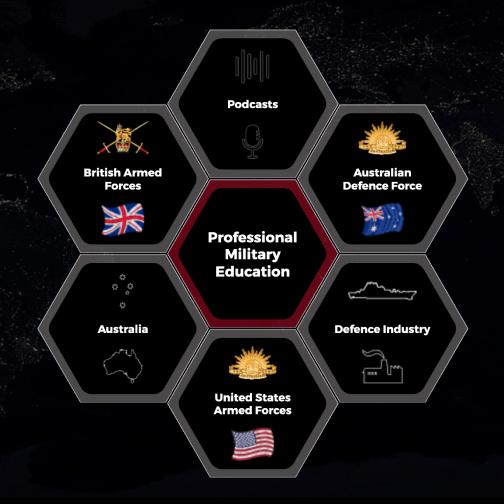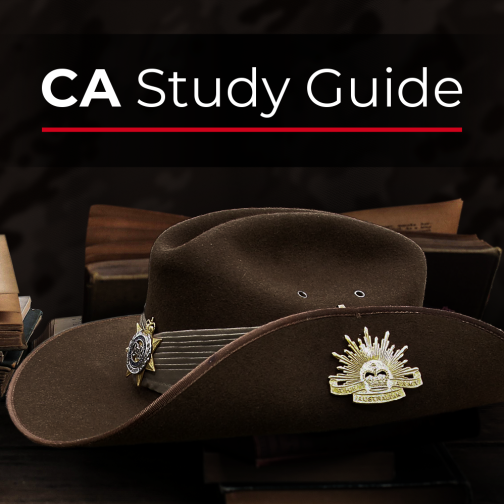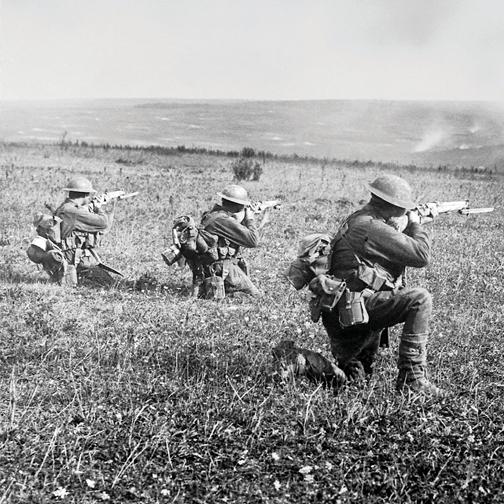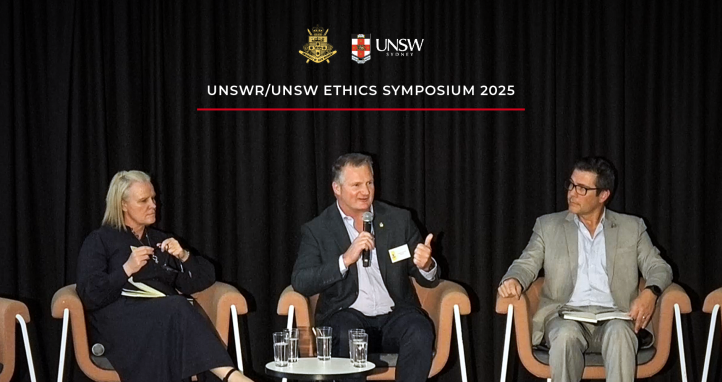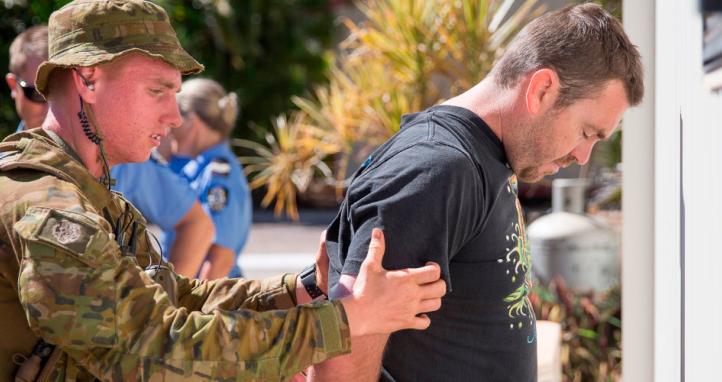A critical contextual factor for ‘The State of the Army Profession’ is where battles may be fought. The Defence Strategic Review (DSR) identified that the ADF must prepare for conflict in littoral areas. These are mostly urban, as Dayton McCarthy helpfully unpacks in his AARC occasional paper, The Worst of Both Worlds: An analysis of urban littoral combat. Thus, the Army is seeking to develop more littoral capability and more of an urban warfare skillset, including investing in a new urban operations training facility (UOTF). But what will the anticipated urban warfare contexts mean for ethical decision-making?
European International Society of Military Ethics (EuroISME) hosted a virtual conference on urban warfare ethics in 2021. Some of the best contributions were collected from 17 military leaders and ethicists from 8 countries in this volume.
I learned three main things from the volume.
Firstly, it helped me begin to understand the complex tactical and ethical challenges of urban warfare. Most writers discuss how cities are easier to defend, harder to attack, with a higher likelihood of casualties, and are filled with civilians who can be intentionally used as human shields or at least present challenges for offensive operations.
Fighting is in the midst of civilian infrastructure and culturally significant sites. Therefore, the media are often watching every move, and surveillance and destructive technologies might be anywhere. Commanders face the key ethical problem of balancing the imperative of mission victory with avoiding unnecessary risk to their forces and maintaining respect for humanitarian aid and protection of civilians (‘mission, mates and civies’ as Nicki Coleman summarises elsewhere).
The volume illustrates this complexity with insightful historical anecdotes from Kosovo, ISIS in Mosul, Russia in Crimea, the German Army fighting in Stalingrad, and decisively bombing Velacruz during the Mexican-American war, which arguably reduced the damage of a protracted siege. As Hugo Slim writes, the urban environment is a challenging context to fight and win humanely.
Secondly, three chapters raised the potential of advanced technology and robots as means to reduce casualties among an attacking force and civilians. For example, Australian academics Charles Knightand Seumas Miller in The Ethics of Eviction Agents versus Bombardment in Urban War explain that some perceptions of urban warfare are shaped by special forces movies and associated ‘person-on-person’ shooting contests.
The reality is that navigating open spaces, with restricted manoeuvrability, attacking opponents hiding amongst civilians and clearing every building is incredibly costly, which is why attackers resort to artillery. Other ‘eviction’ agents are problematic – chemical weapons are illegal, and flame weapons are inhumane. Demolition approaches and the use of obscurants deserve more attention. But remote-controlled weapon systems offer less destructive alternatives, and despite concerns over automation, may bring less collateral damage than bombardment – they may be the ‘least worst’ option for an urban fight.
Thirdly, I appreciated the attention to the need for innovative training of soldiers preparing for urban warfare. Florian Demont-Biaggi discusses leadership ethics in his chapter Virtues for the Smallest Gang? He outlined the need for changes in tactics, technological innovation, hard training, and reprioritising decentralised mission command for what needs to be small, high-tempo, expert, and innovative units. This underlines the importance of small team leaders and their training – both in tactics and virtues, especially given that adversaries may not share Australia’s commitment to ethics.
As an alternative training method, two chapters examined the use of simulation wargames to train leaders. Ioanna K. Lekea from Hellenic Air Force Academy detailed experiments in using war games and simulations alongside theory lessons to enhance ethical decision-making in extremis and educate about ethics in urban warfare.
The scenario she teaches is how to eliminate a terrorist enemy in a populated area without harming civilians. It helps officer cadets develop ethical decision-making skills when facing dilemmas, but also how to cooperate with others in navigating options. Two other Australian academics Jenna Allen and Deane-Peter Baker wrote Can the Robots Save the City: Ethics, Urban Warfare, and Autonomous Weapons. They explain their use of the Matrix Wargame to teach about the ethical issues of autonomous weapons.
We can learn from history and contemporary conflicts about some of the tactical and ethical demands of urban warfare. However, the reality is that we do not know the new tactical dilemmas, moral pitfalls, and humanitarian crises that will face our soldiers in the years to come. The Ethics of Urban Warfare is a valuable primer for those commanding or preparing soldiers for the complexity and demands of fighting in the city without destroying it or their own souls.
Bibliographical Notes
The book’s publisher’s details are The Ethics of Urban Warfare: City and War, edited by Dragon Staner and Kristina Tom (Leiden: Brill, 2023)
